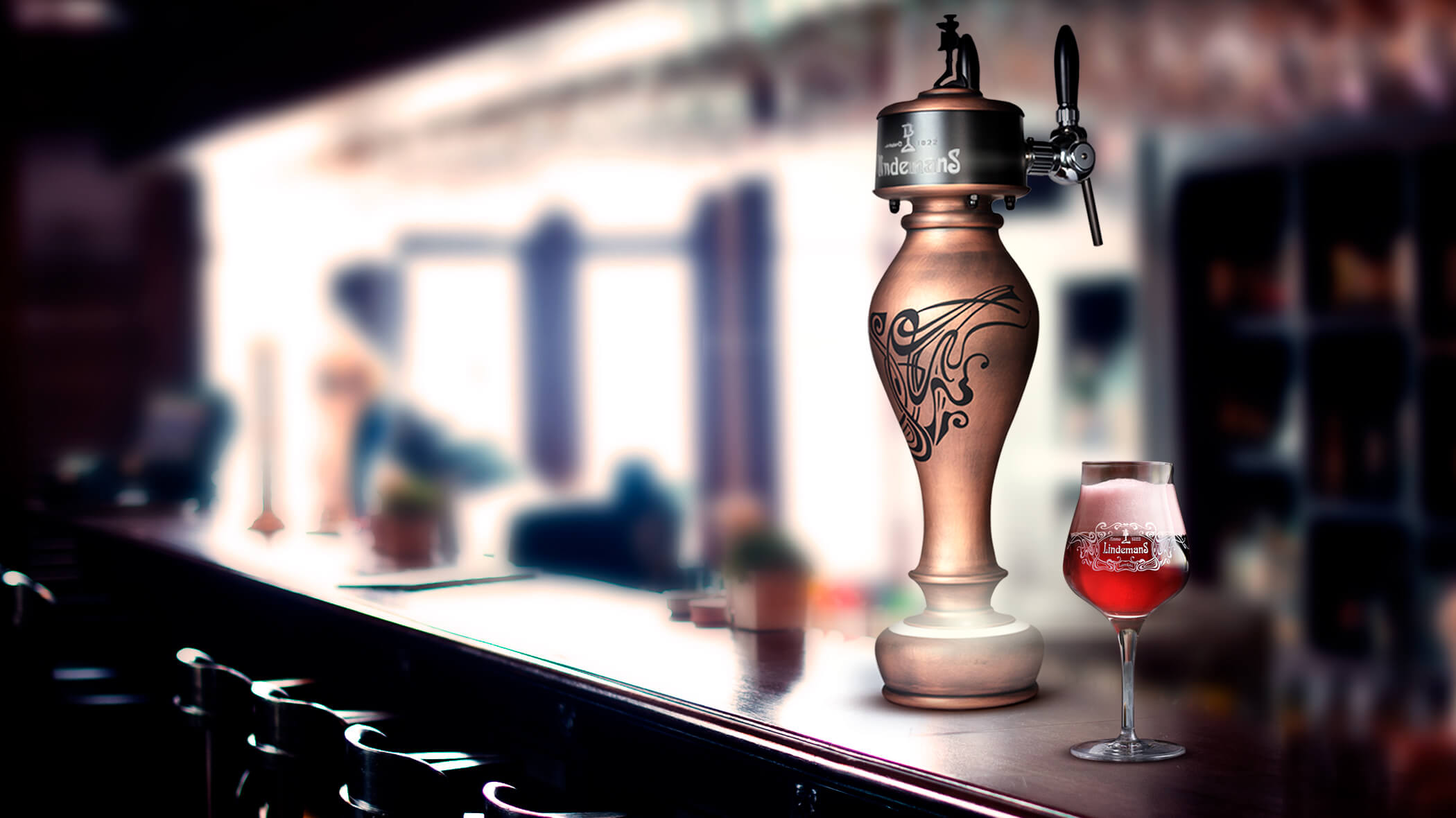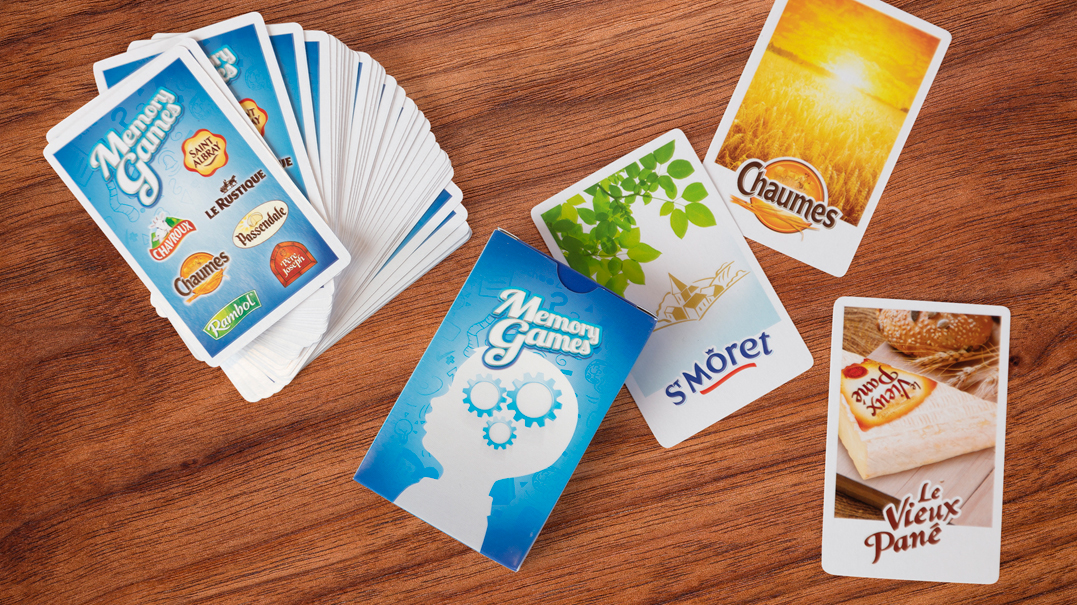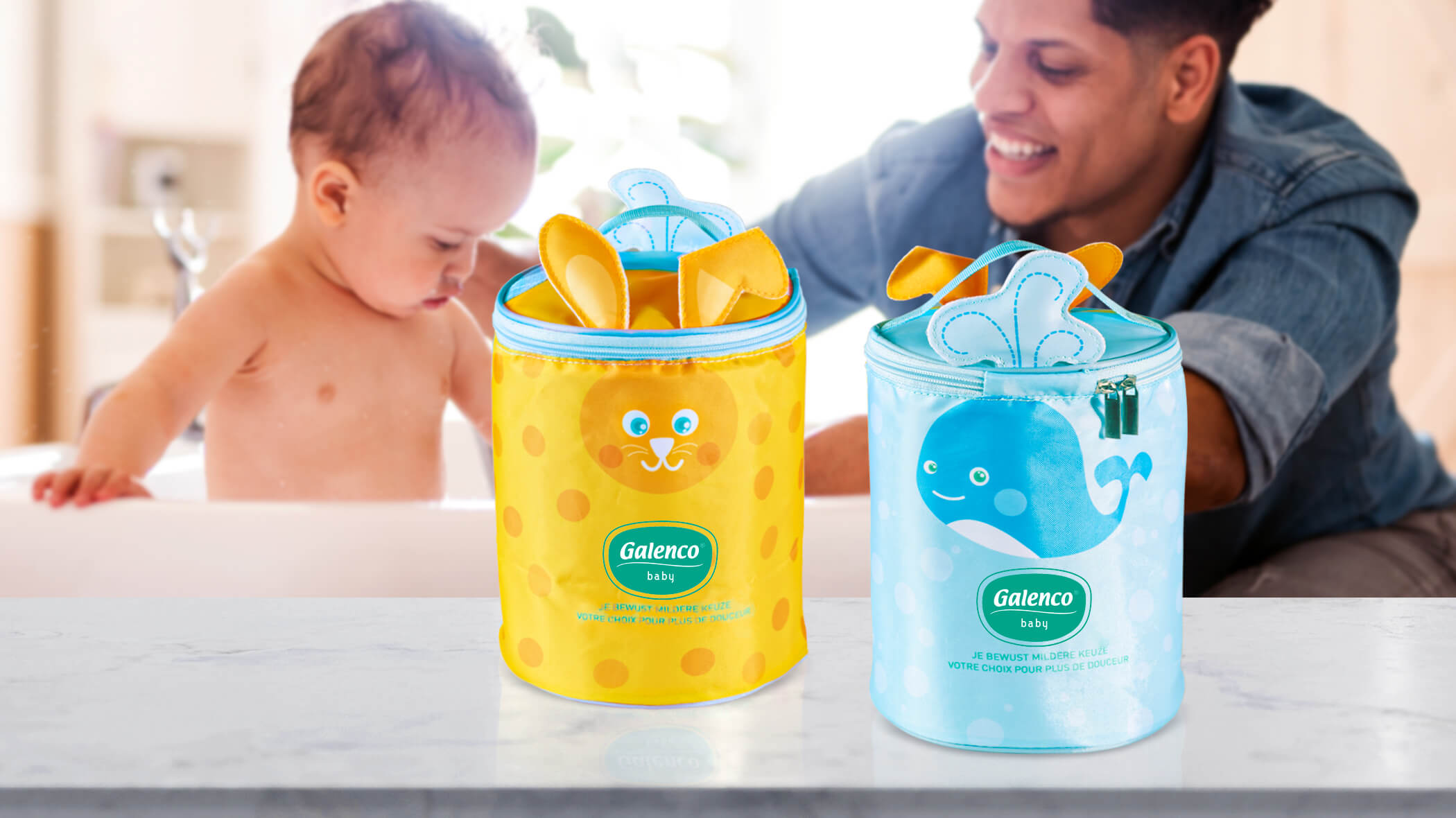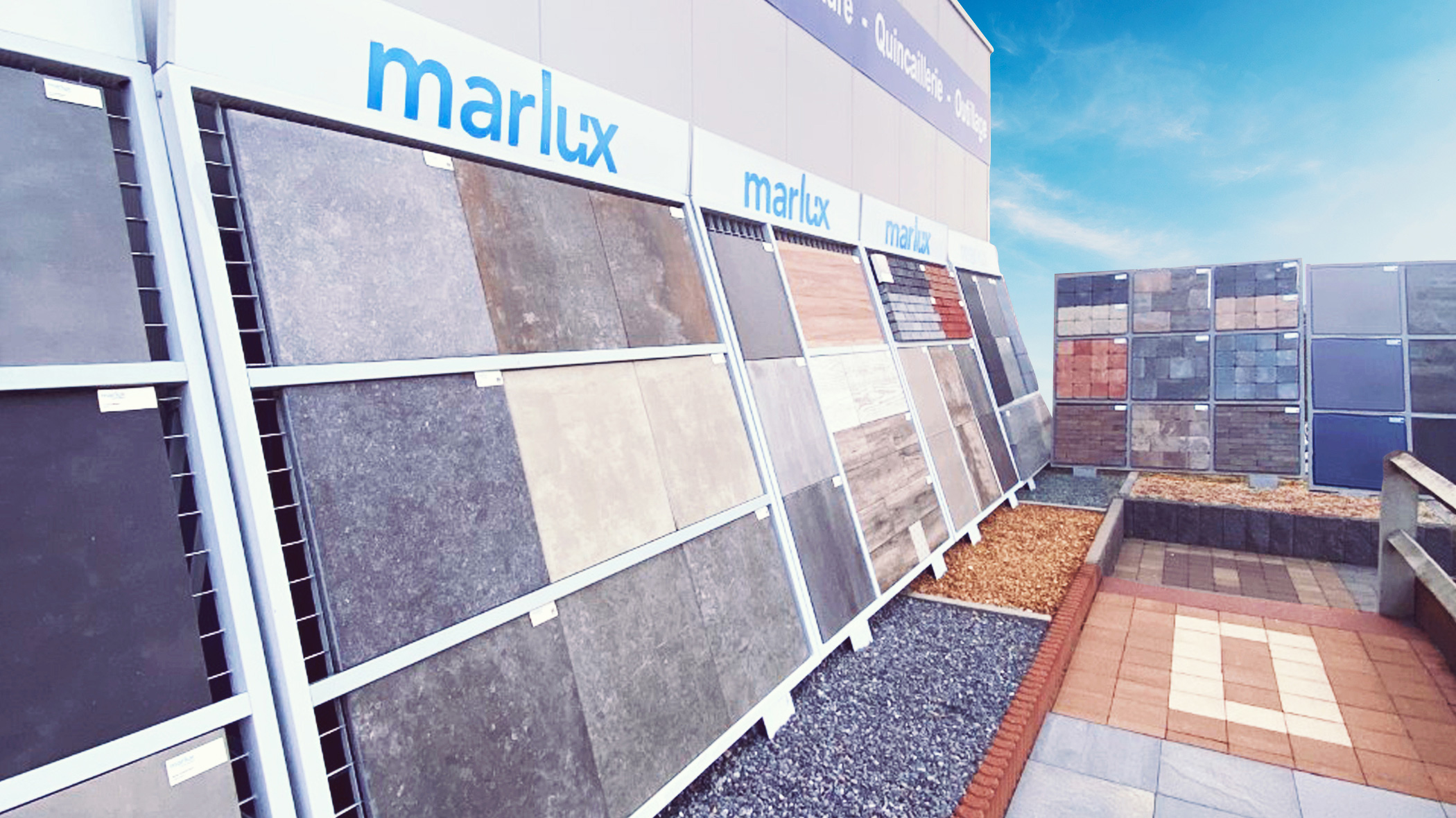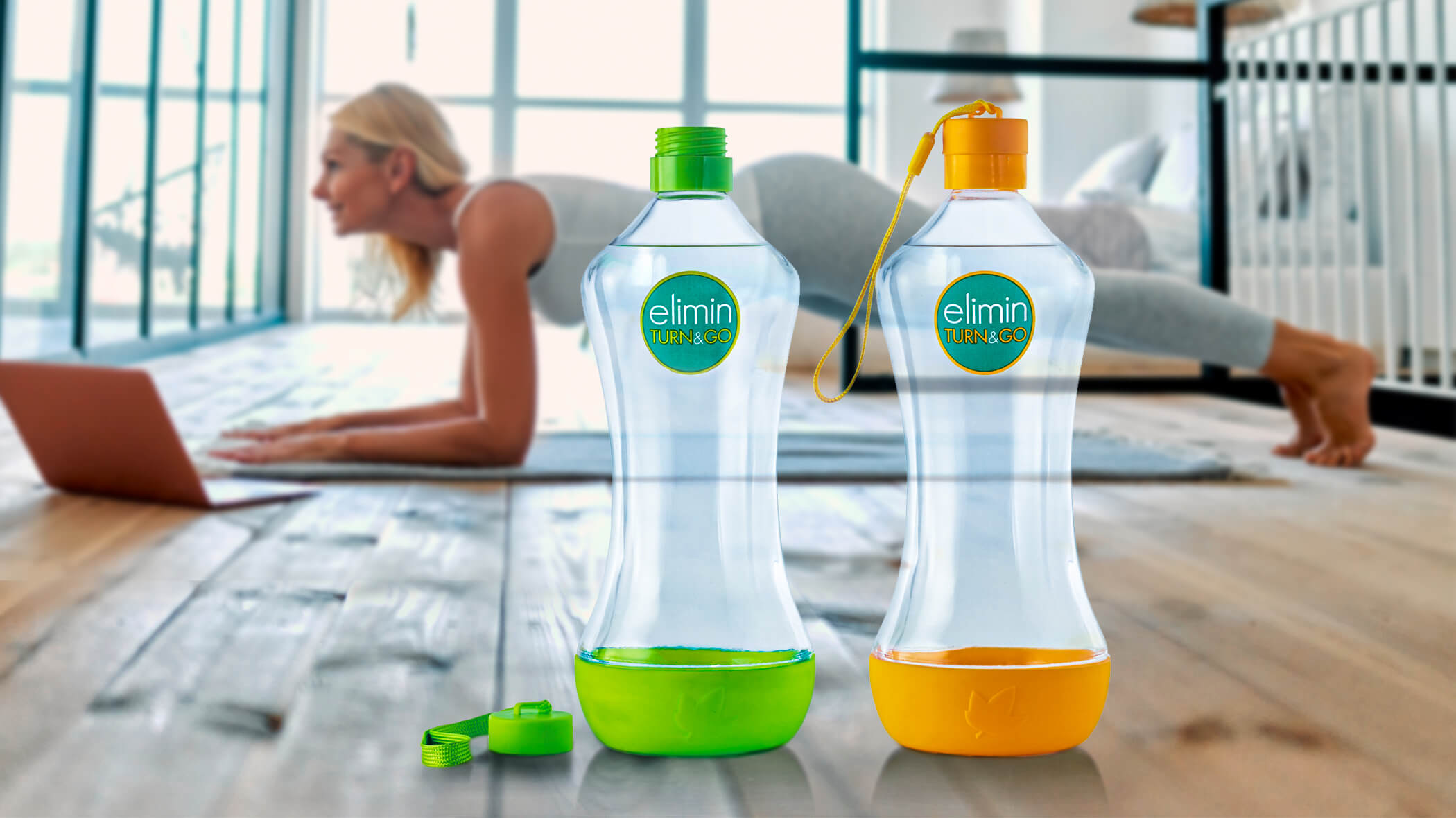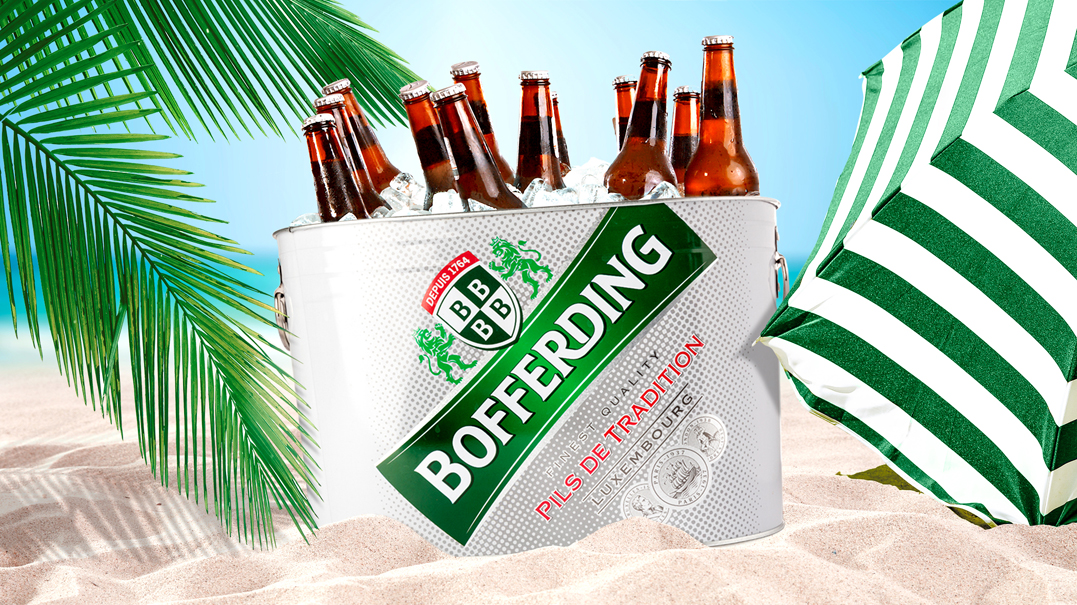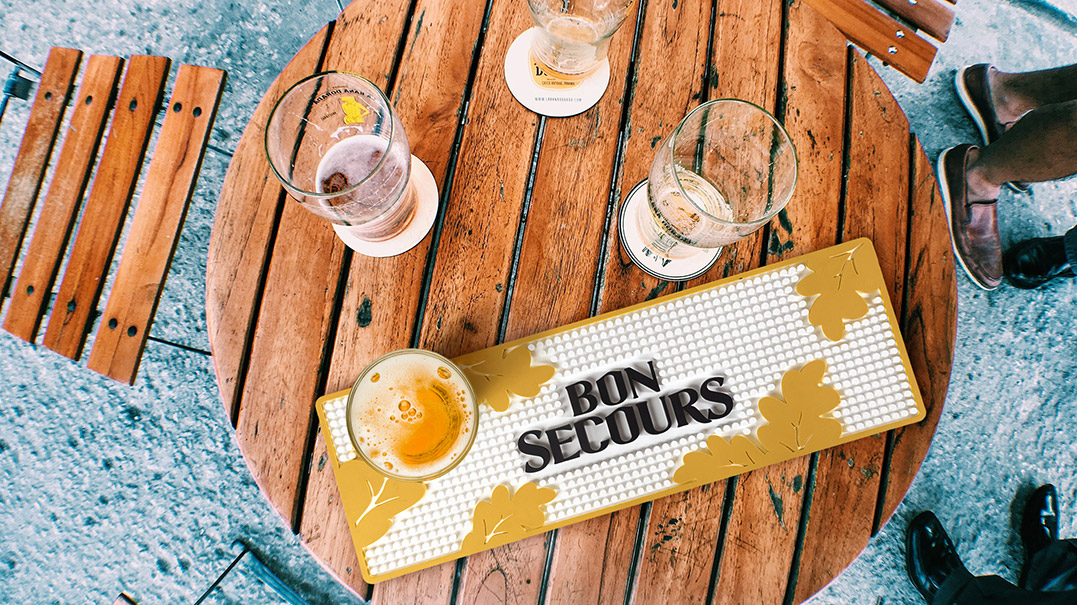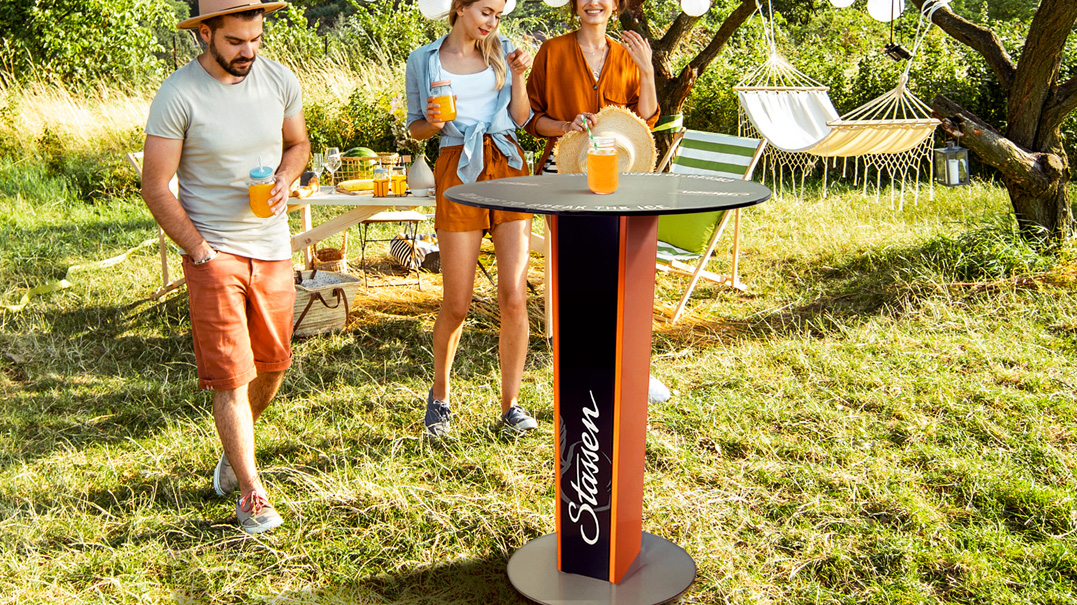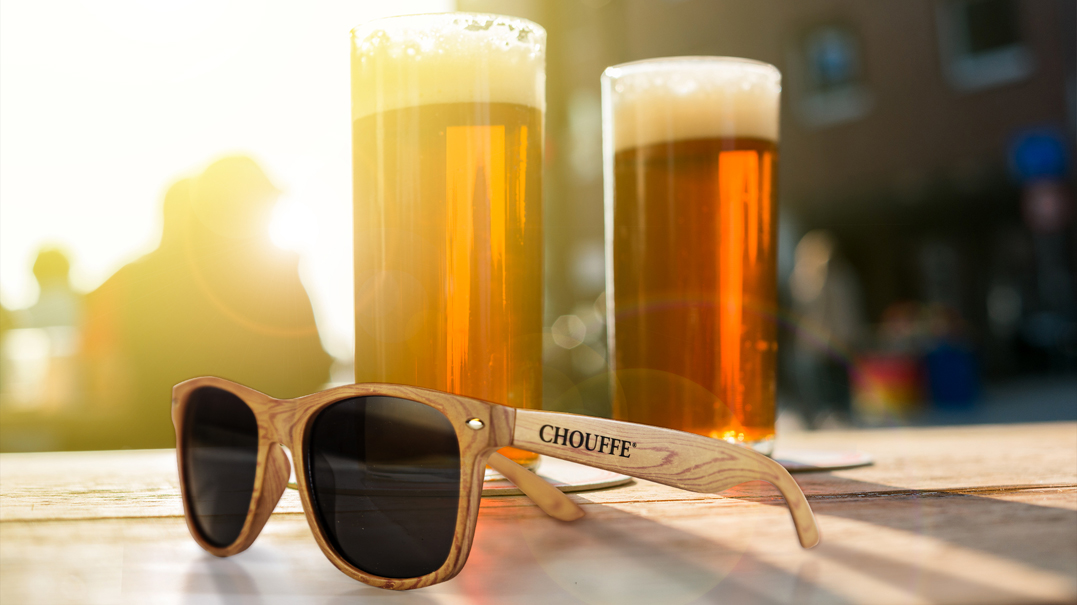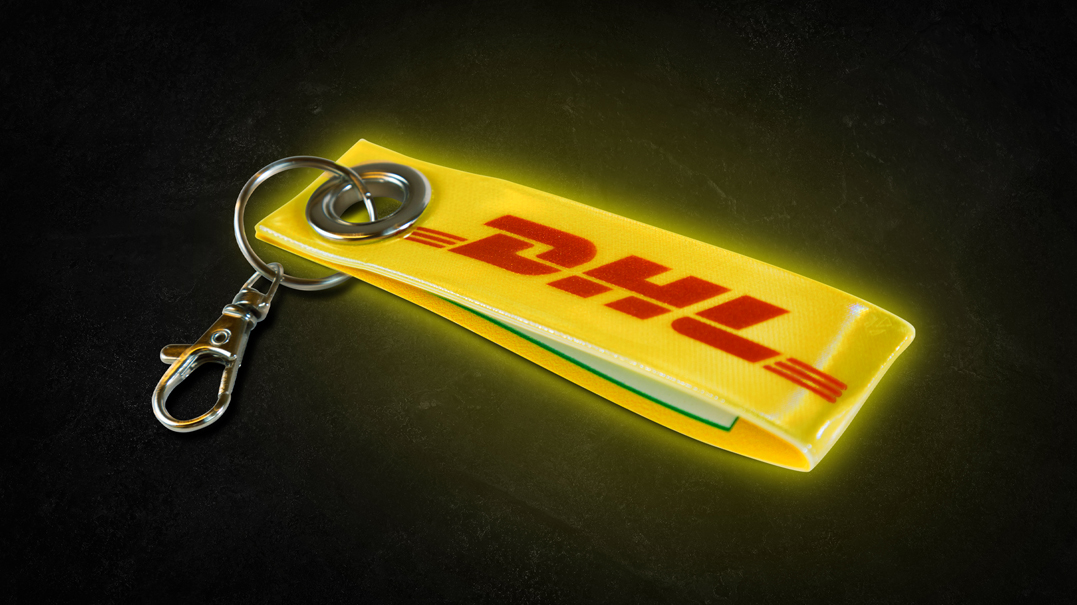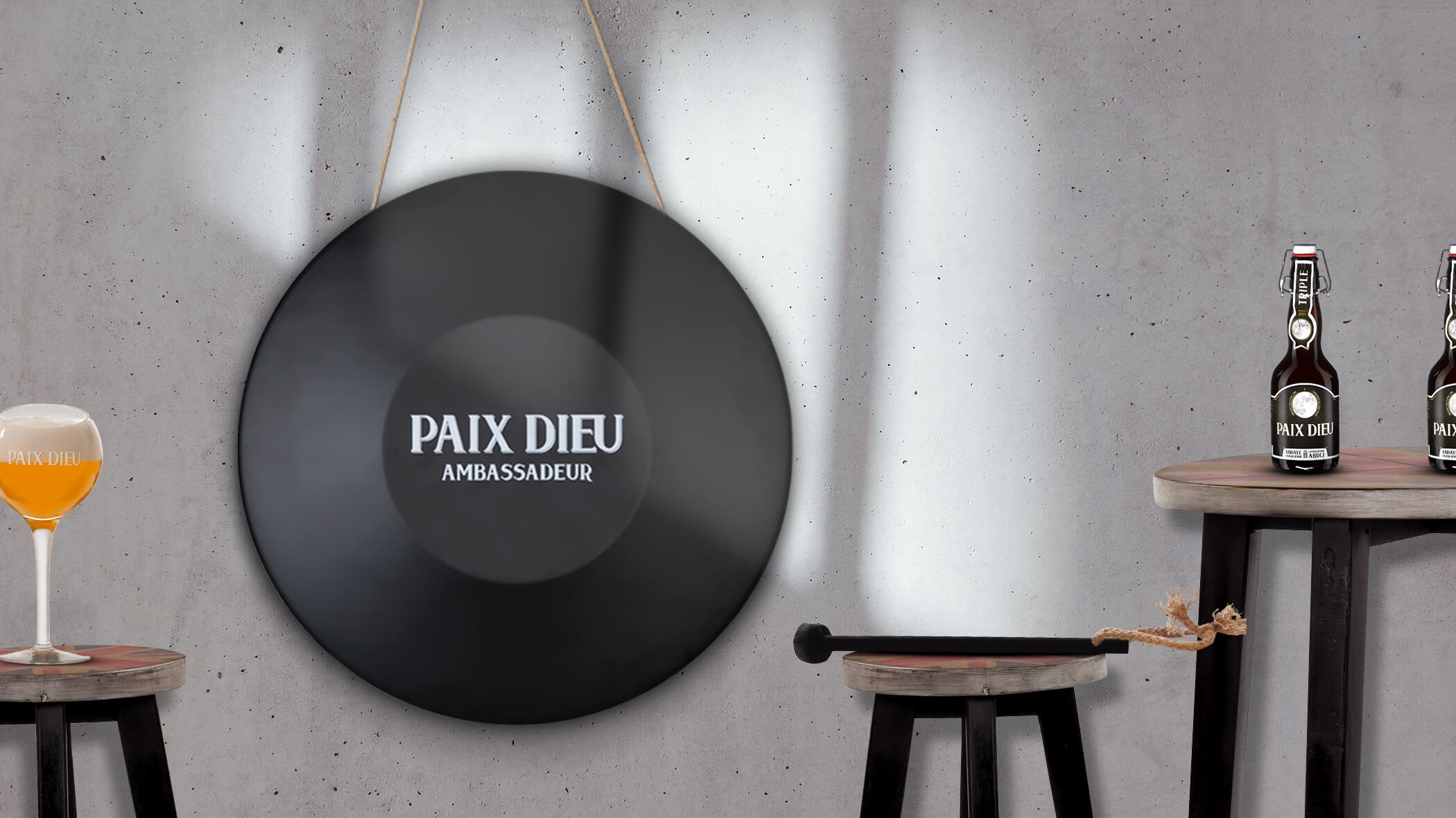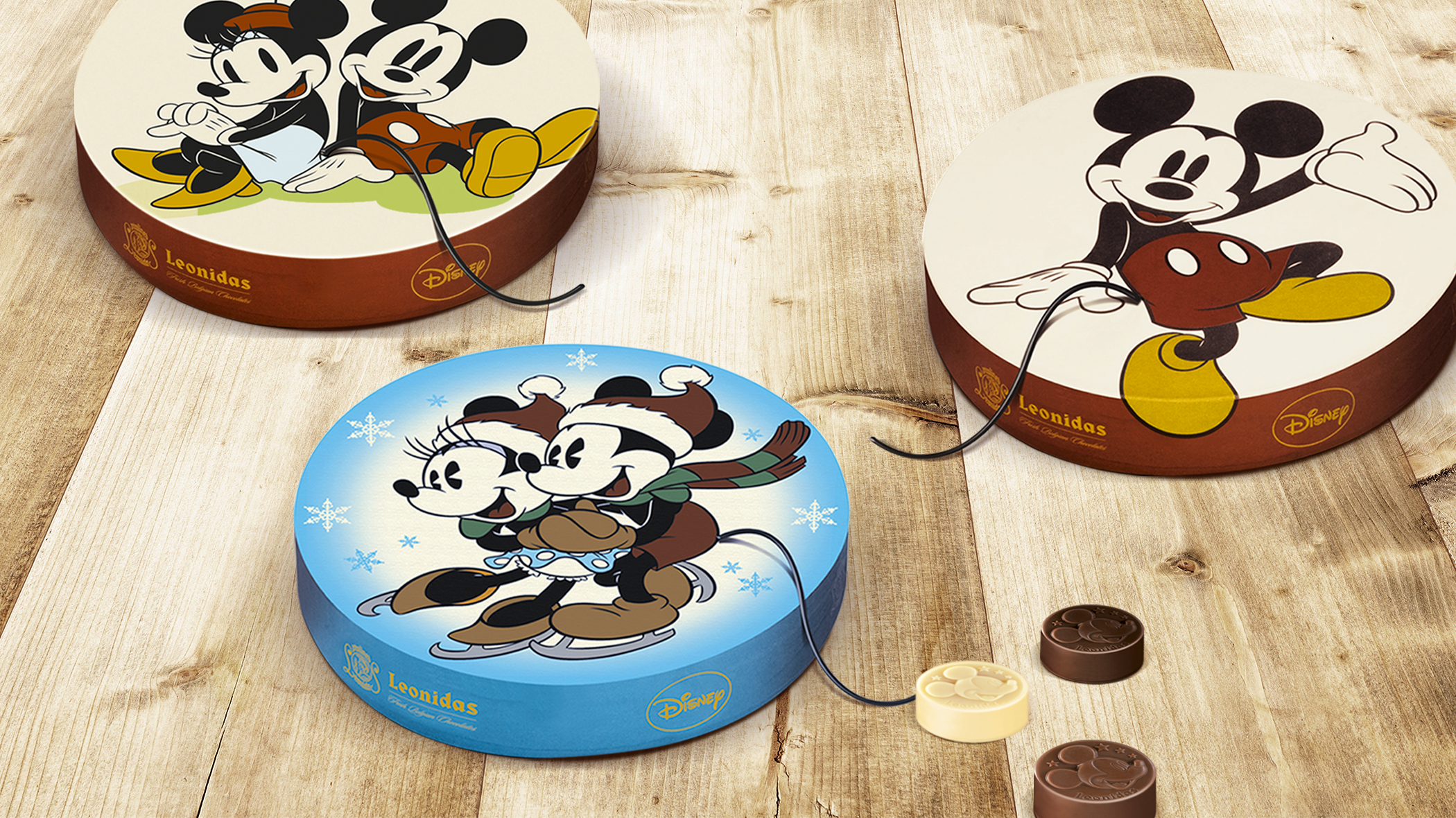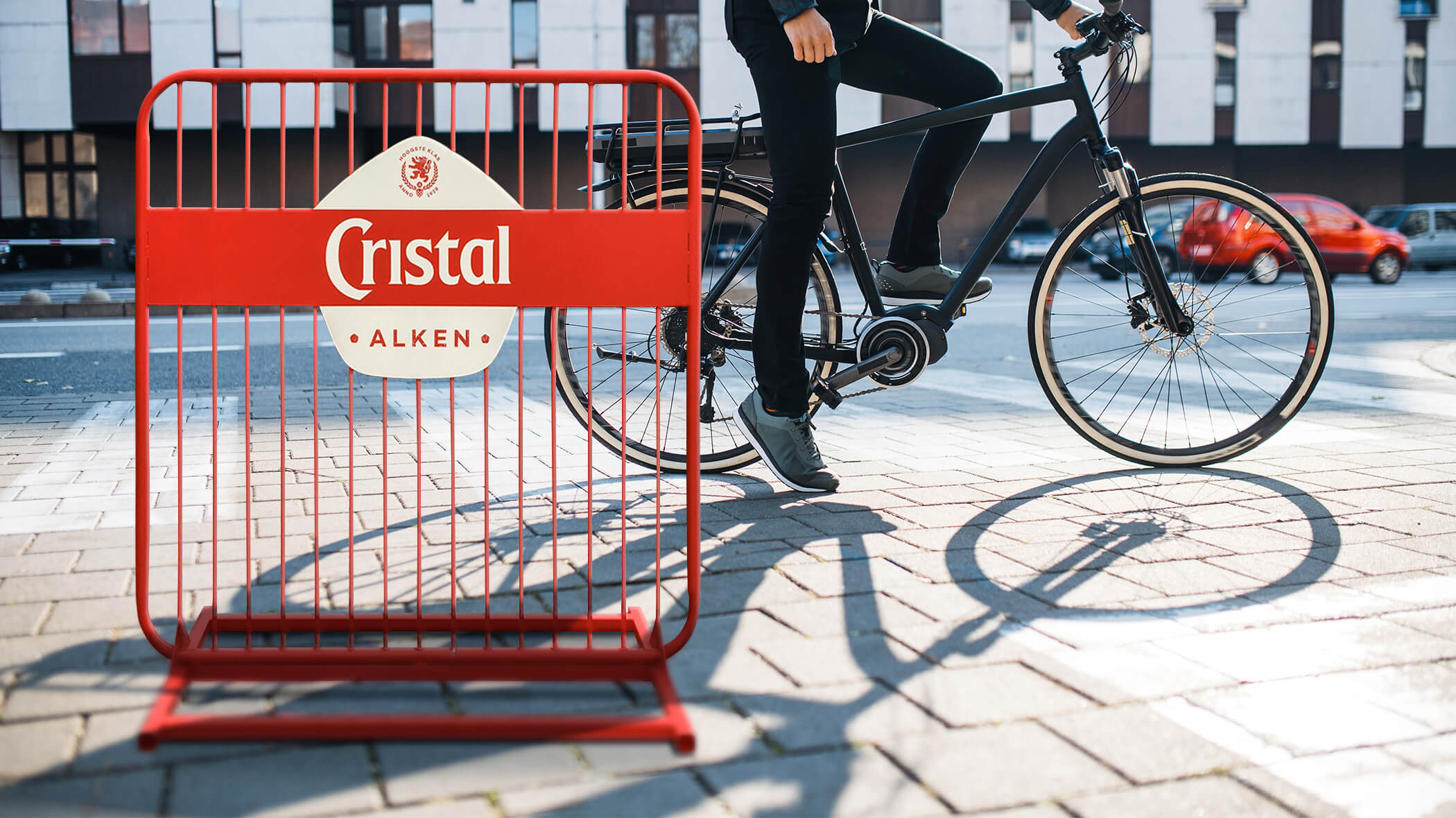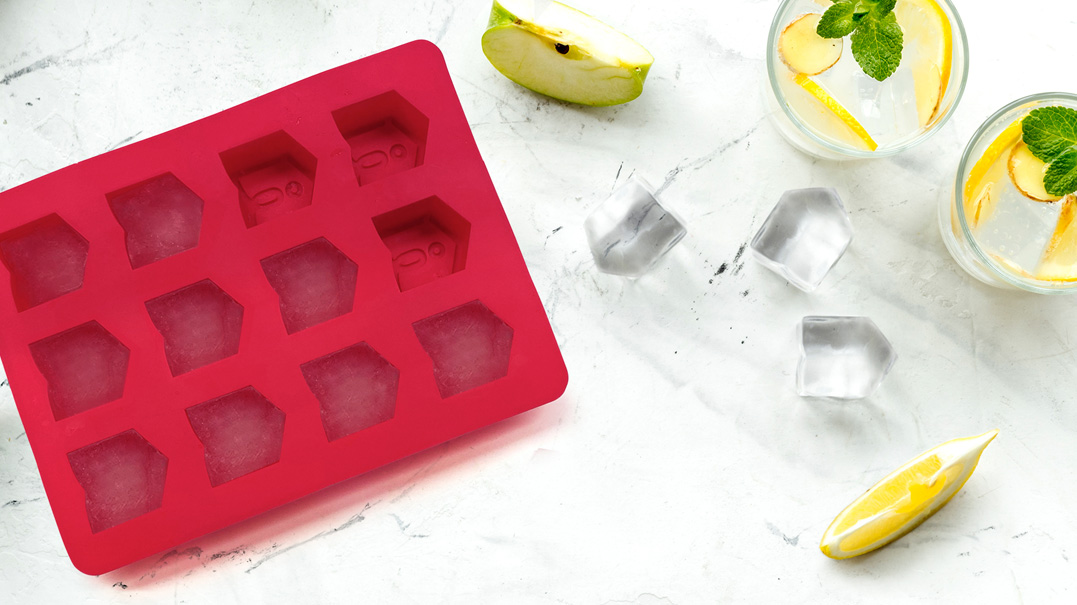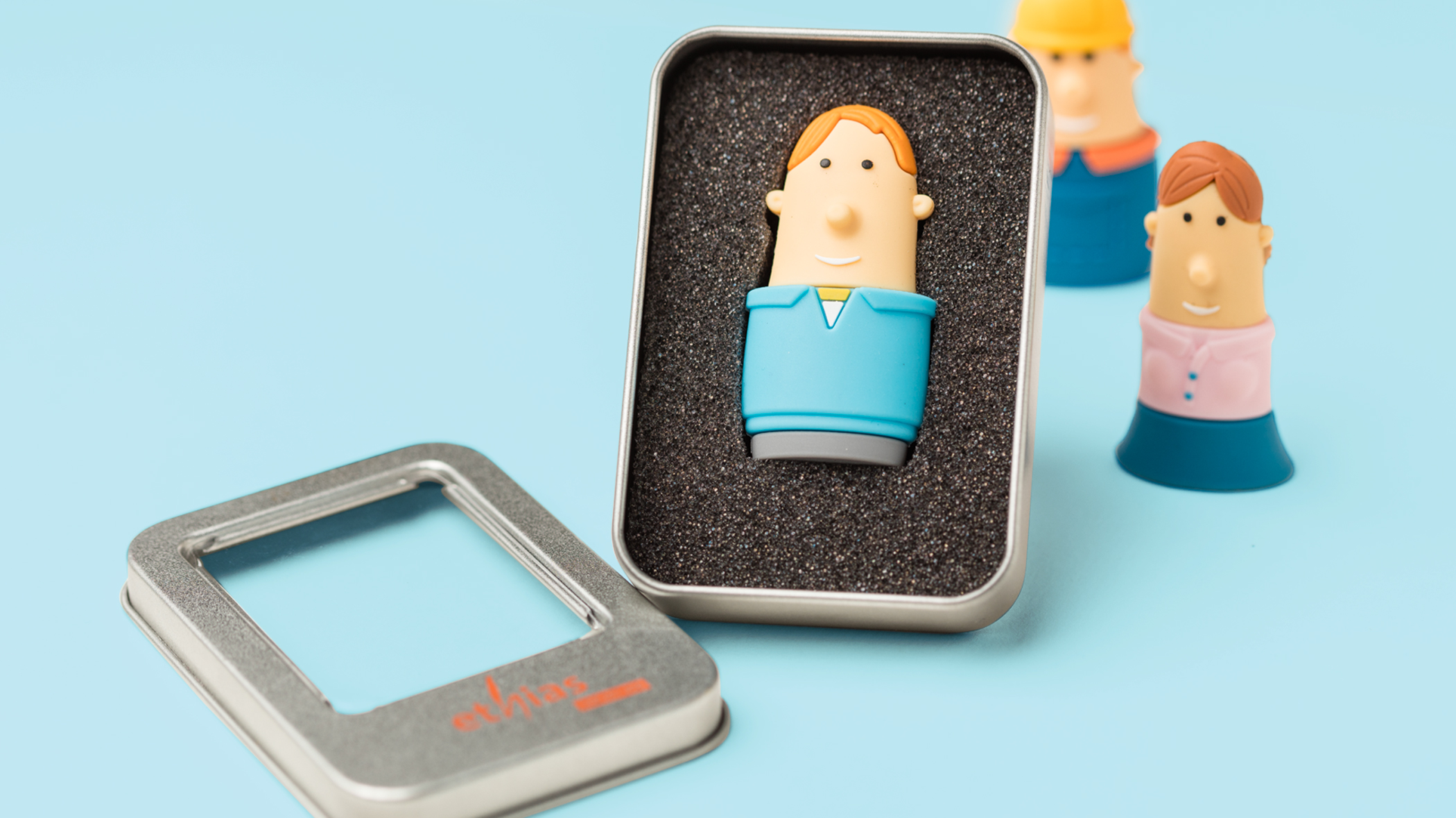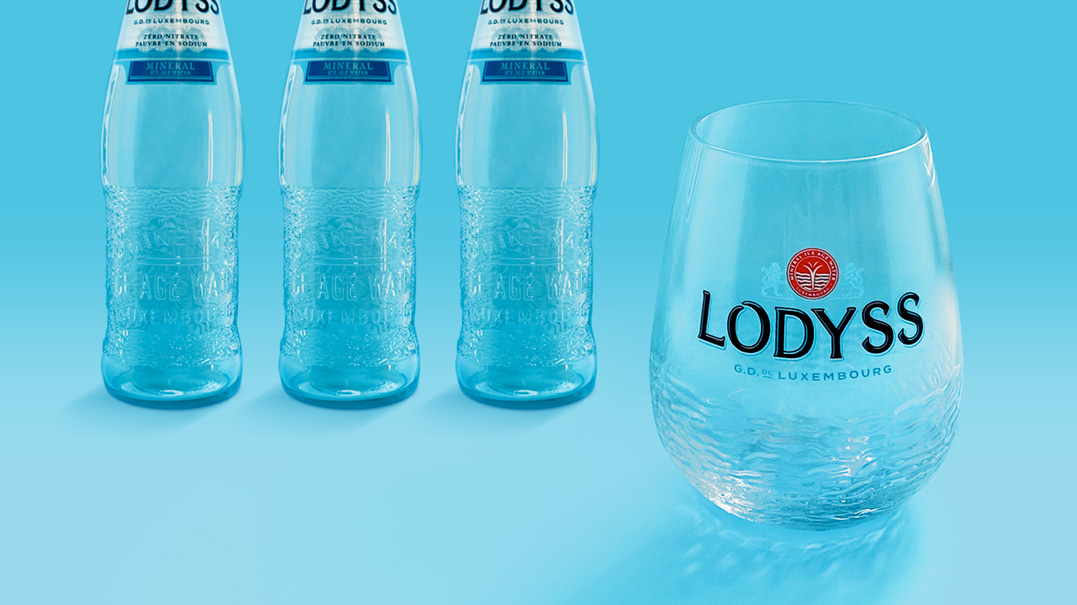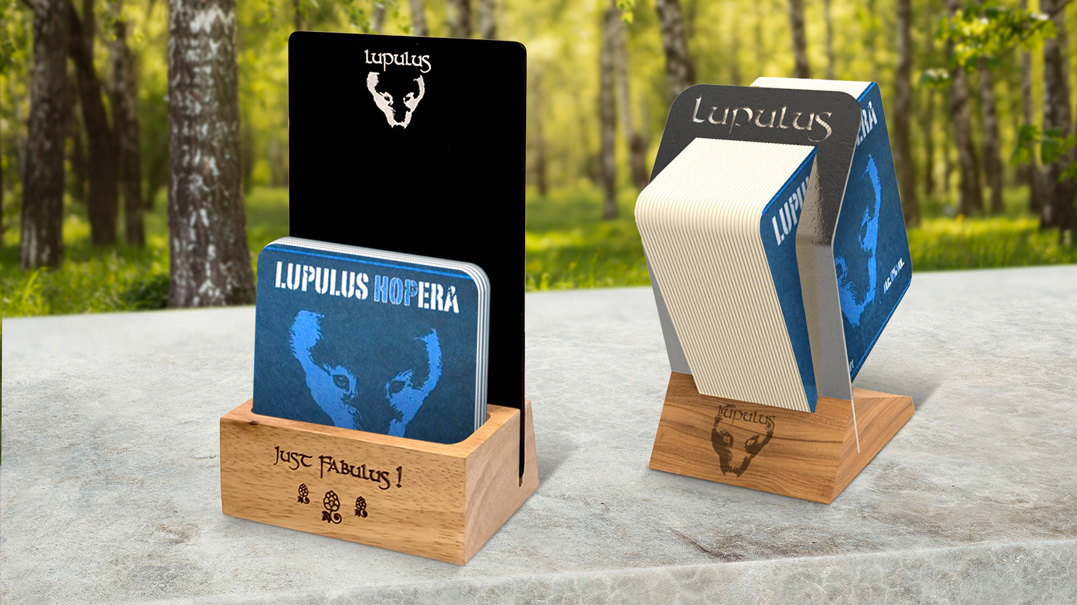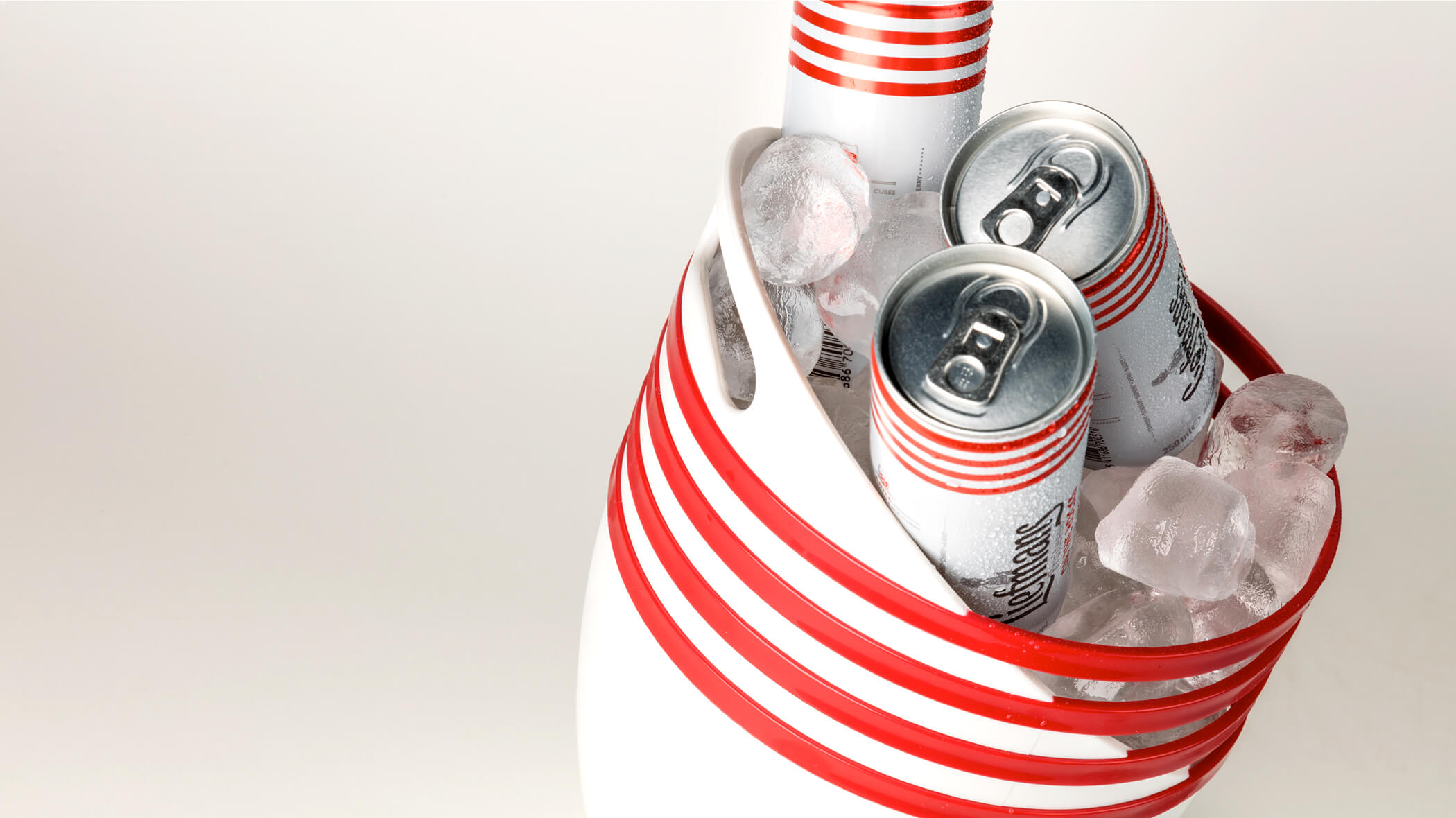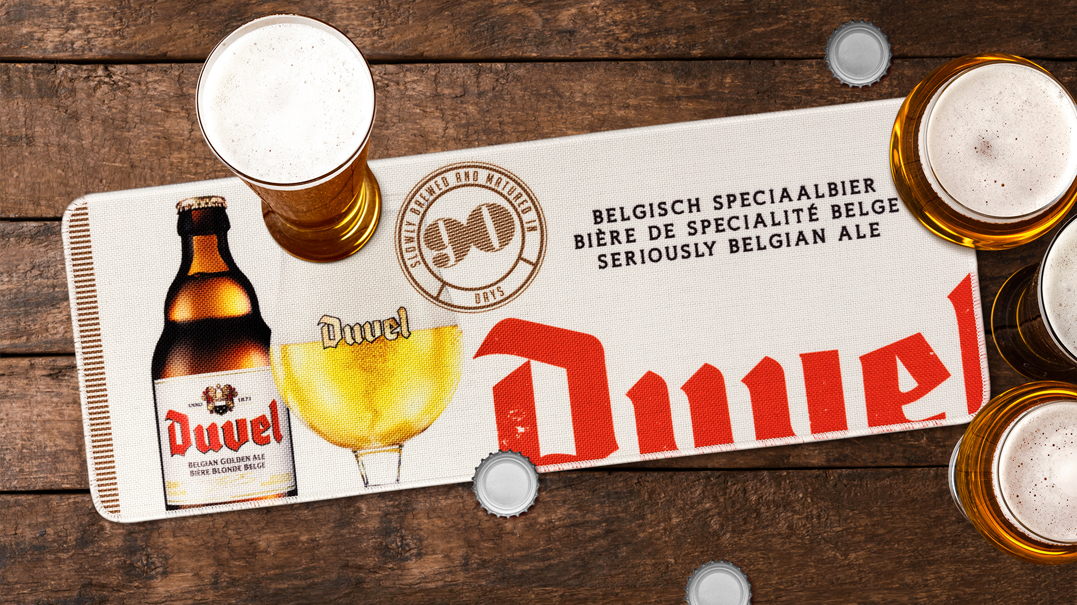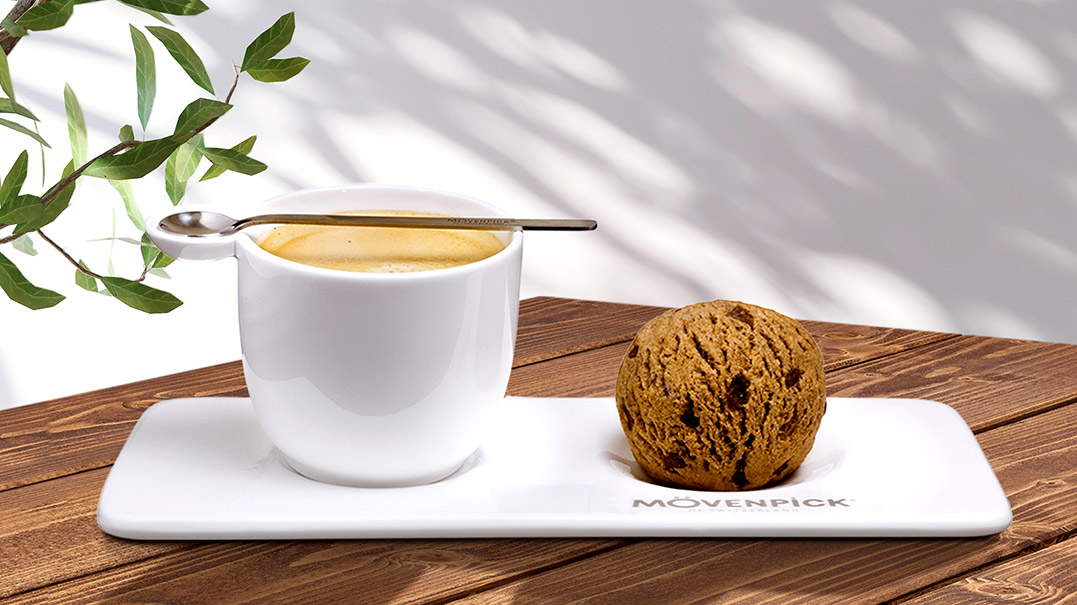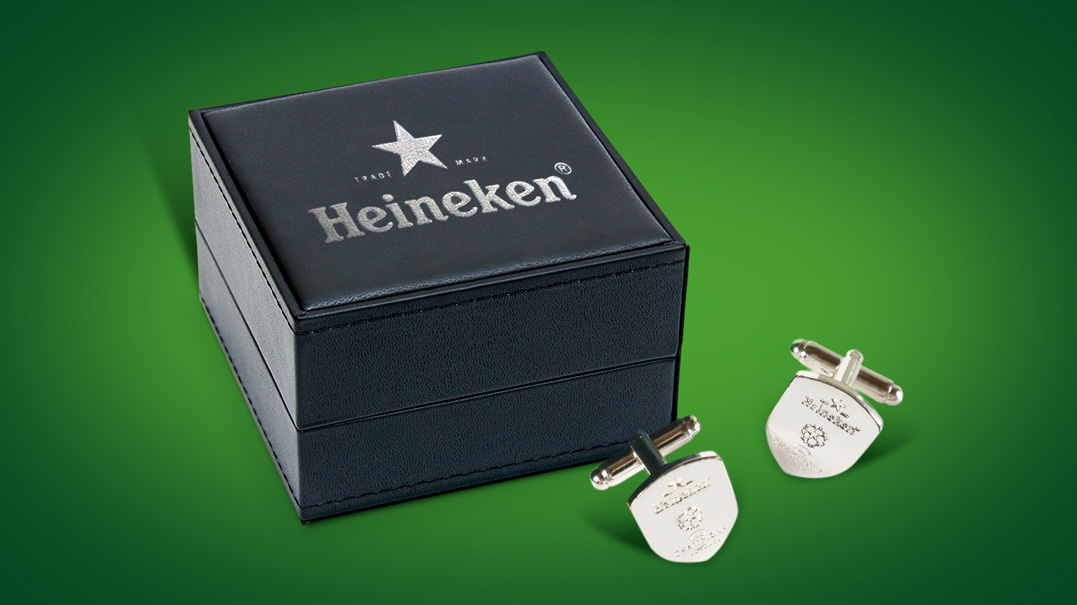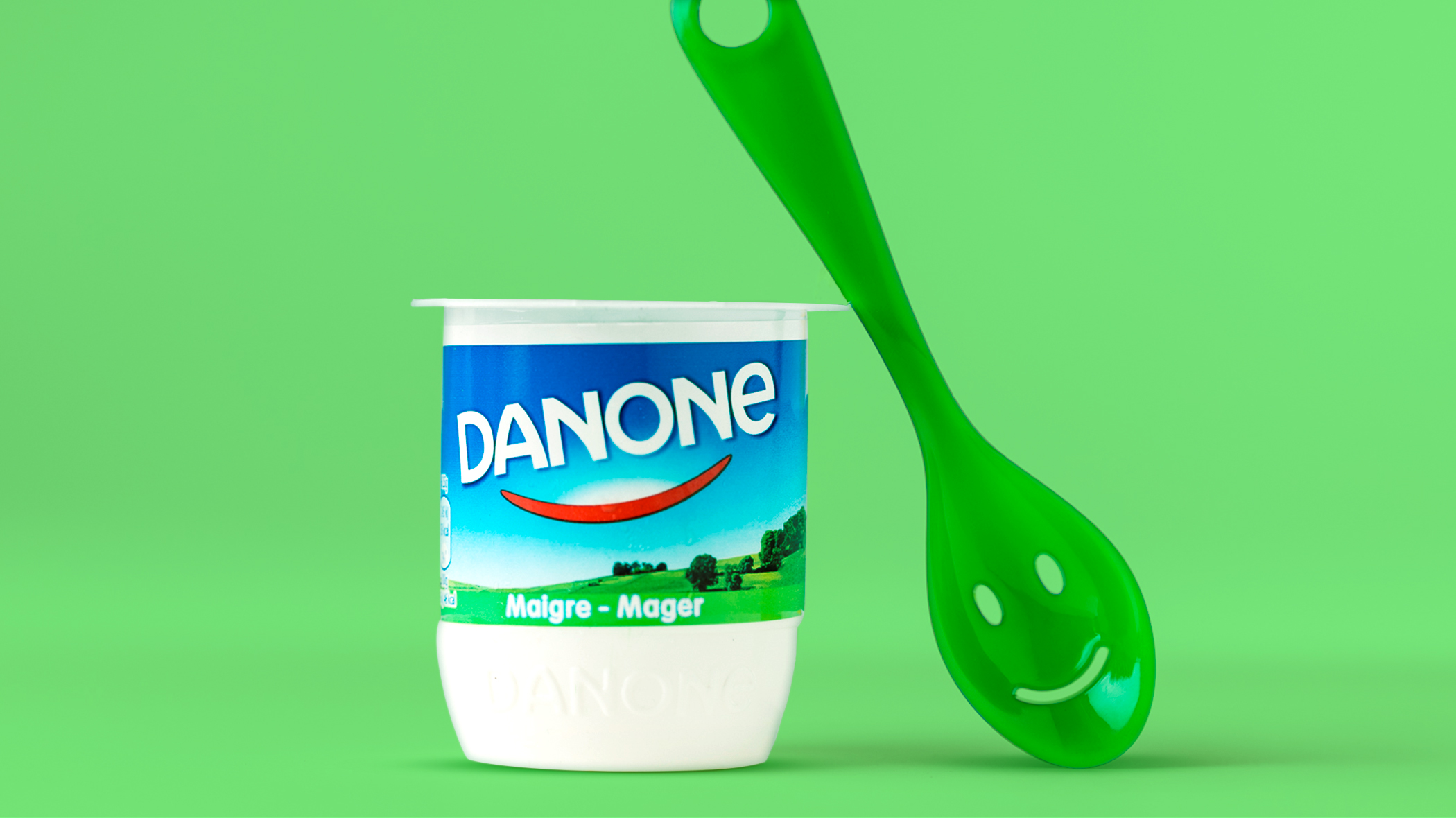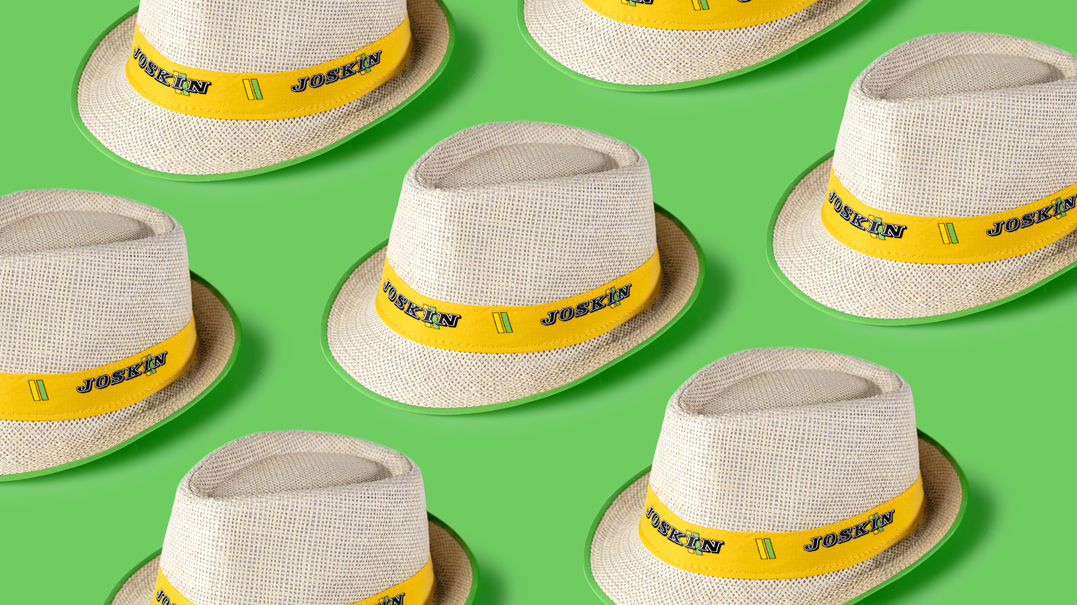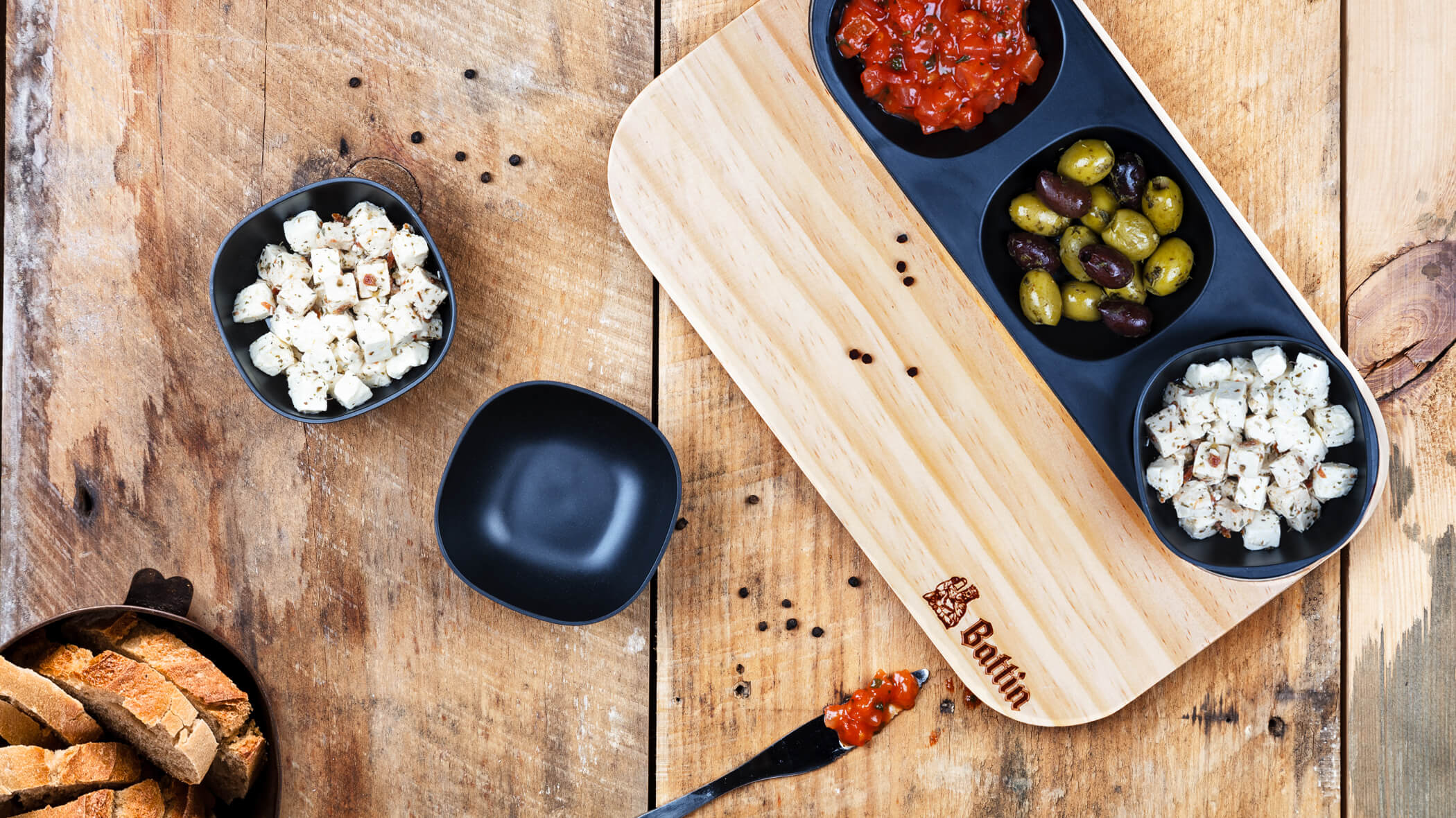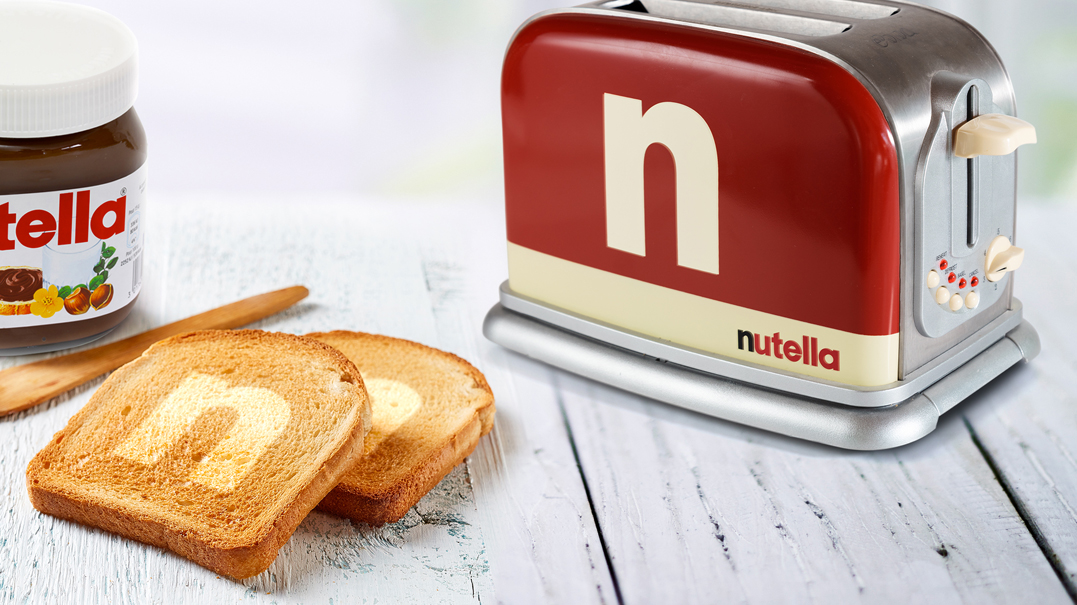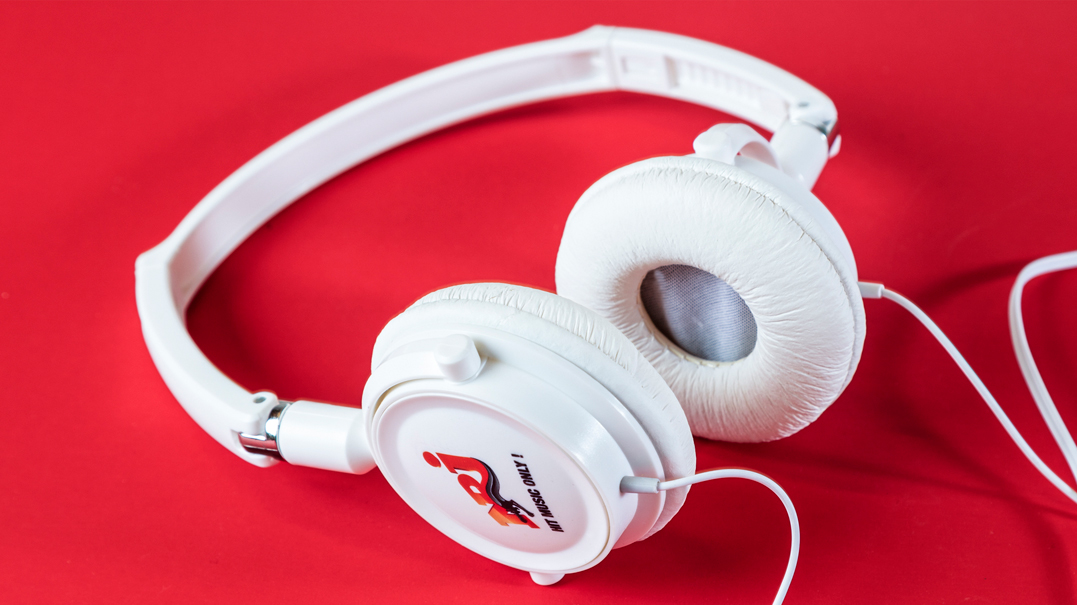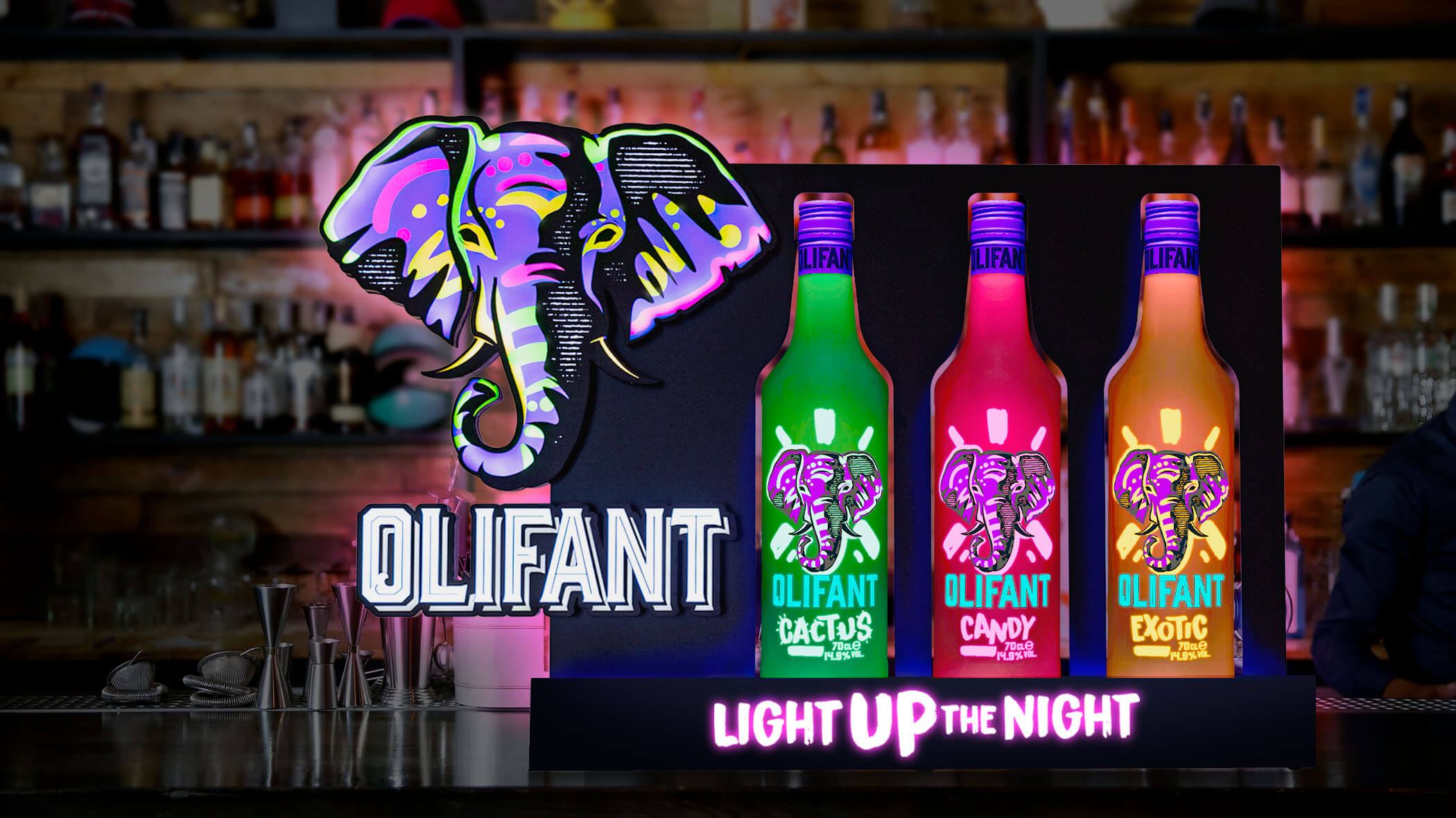

Advertising changes
The principal purpose of advertisement used to be to give information about a company’s field of business, their brand, services or message offered to the market. Nowadays, consumers will find this information on their own on the Internet, and the need for informative advertising decreases. We have a saying: ‘No one owns their own brand anymore’. What we mean by this, is that the consumer will seek out the information they wish to find, or find information from sources they personally believe to be credible. A company’s objective and profile should be reflected in both their visual expression, how they work, which media channels are being used, and last, but not least – which promotional products they choose.
Traditional advertising – no thanks
Nowadays, we pay to dodge traditional advertisement. We would rather pay for a subscription from a streaming provider than watch linear TV with commercial breaks. We put up stickers that say “no junk mail” on our mailbox, and filter junk mail from our e-mail inbox. However, we experience an increased demand for product media, as we speak. If we give away a product, we observe that the recipient says thank you, smiles and brings the product with them. This happens despite the fact that product media is a means of advertisement just like the traditional advertising channels. Giving away products with a logo on it is actually the cheapest form of marketing according to Global Advertising Specialty Impressions study 2016 (including over 100 000 respondents). A cap has a view frequency of 3000, this means if the cap cost you 3 EUR with a logo, the contact cost would be mere 0.001 EUR. No other advertising channel can compete with this.
88 per cent
This survey also found that respondents younger than 55 years preferred product media rather than any other types of advertising. By handing out products with your company’s or organization’s logo, there’s a great chance the recipient will remember you.In fact, another survey showed that as much as 88 per cent remember who gave them a promotional product after 12 months.
High score
The same survey shows that 32 per cent use a promotional product every day, and 60 per cent use one every week or more often. In the same survey from 2016, 30 per cent answer that they are positively inclined towards product media. For comparison, only commercials in movie theaters have a higher score, 32 per cent. Store commercials, news paper advertisements, ads on boards outside, direct marketing, TV commercials, ads on the Internet, radio commercials and advertising by e-mail, all have a lower score.In short, Product media appeal to multiple senses (hearing, sight, touch, smell, taste) while other media only stimulate one or two senses. The more senses are stimulated, the more brain activity and the higher the memory value. By printing promotional items and business gifts with your logo and/or slogan, they become advertising carriers and thus provide more brand awareness and brand sympathy in the long term and stimulate the sale of a product or service in the short term.
Some things to keep in mind when ordering promotional products:
- Remember your message! What would you like to communicate with the product you’re distributing? Putting a logo on a product is easy, but it’s important to keep in mind what you signal with the product you’re handing out. Perhaps your company or organization is engaged in caring for the environment? Choose an environmentally friendly product! Do you want to show the recipient that you’re considerate? Give away umbrellas or ponchos on a rainy day, or summer products on a hot summer day.
- Relevance and target group! In order for your product to actually be used by the recipient, it’s essential to know your target group well. Who are they, what do they care about, and what is important to them? With the answers to these questions, together we will find a product that coincides with both your and their values.
- Quality! If the objective of your brand is to display quality and strength, it’s necessary to consider the quality of the product you distribute. Buy cheap, buy twice. Show strength by choosing durable products that reflect who you are.
- Creations.
- Clothing.
- Advertising.
- Furnitures.
- Merchandising.
